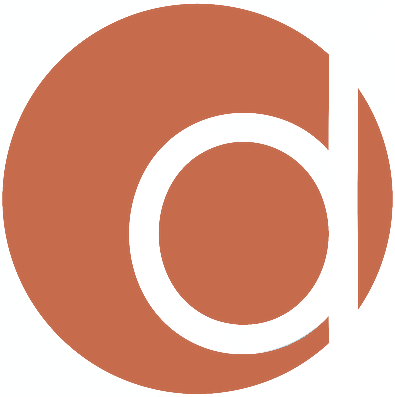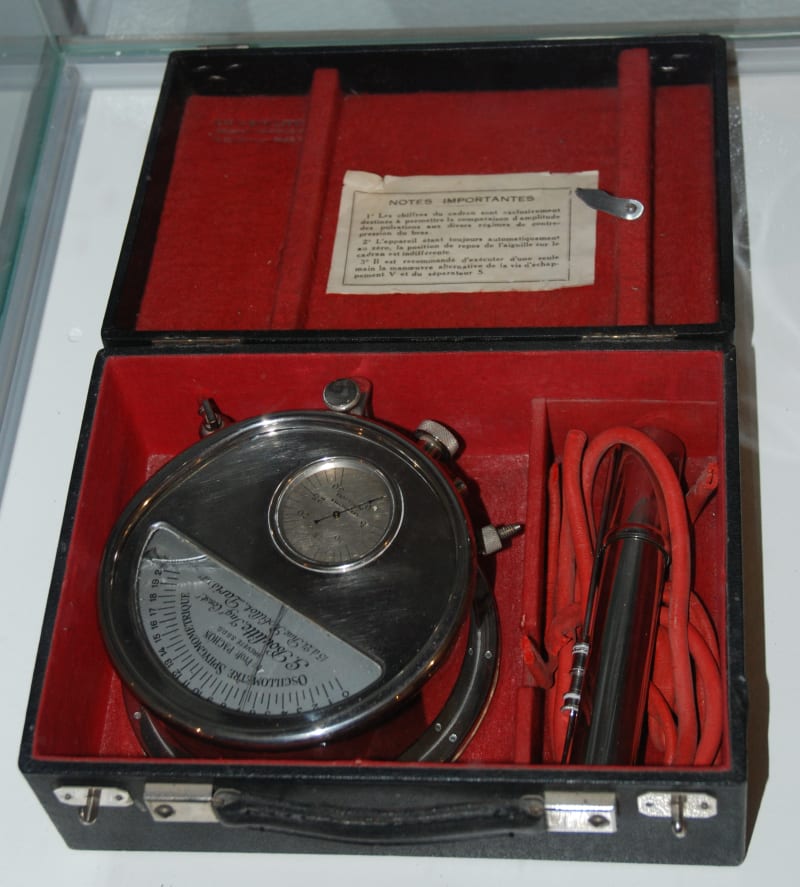Evaluation and treatment of hypertension is arguably the most impactful thing a primary care doctor does. Hypertension has vast and broad reaching effects and afflicts nearly half of US adults and almost 1 in 3 adults worldwide. It has well established contributions to heart attacks and stroke but also causes less known downstream effects such as erectile dysfunction, atrial fibrillation, congestive heart failure, kidney disease and dementia.
What is the best way to avoid or treat blood pressure? I think you know the answer - diet and exercise. But what specifically should you be doing?
- Weight reduction: Maintain normal body weight (BMI, 18.5 to 24.9 kg/m2)
- Adopt DASH eating plan: Consume a rich diet of fruits, vegetables, and foods containing low amounts of saturated and total fat.
- Dietary sodium reduction: Reduce dietary sodium intake to less than 2,300mg/d (ideally no more than 1,500mg/d) for adults.
- Physical activity: Engage in regular aerobic physical activity such as brisk walking (at least 30 minutes per day most days of the week or 150min per week total)
- Minimal or no alcohol consumption: Limit consumption to no more than 2 drinks per day in most men and no more than 1 drink per day in women and lighter-weight persons.
Each one of these modifications results in an approximate 2-10mmHg change in systolic blood pressure.
Fun fact: In the 1980s scientists studied an isolated native tribe in the Amazon (the Yanomamo tribe) and found that their average blood pressure was 96/60 and blood pressure did not go up with age. The lesson? Their blood pressure was the result of their very low sodium diet. They were consuming less than 0.5gm/d of sodium.
What about caffeine? You didn’t’ mention coffee, and I know that’s bad for my blood pressure. Generally speaking 2 cups of coffee or less per day is not associated with significant blood pressure elevation. However, you may see a quick rise in blood pressure just after drinking your morning coffee which is why we recommend doing your home check before that first cup of coffee. But don’t forget that “coffee” often has other additives. For example a 16oz cup of Starbucks black coffee contains about 10mg of sodium, but many of their drinks have more like 40-60mg of sodium per cup and some Starbucks drinks (I’m looking at you white chocolate mocha) have almost 250mg of sodium. That is half the entire daily sodium intake for a Yanomamo tribal member in one cup of coffee.
Now listen up. Folks are always complaining that doctors just want to treat them with medications. I take a little bit of offense to that. We don’t want to put everyone on medications, but the world we live in is full of people who aren’t quite getting their blood pressure to goal without medication, so we do offer that as a service when folks need extra help. I would be pretty happy if everyone was able to stick to a 0.5gm/d diet, but given that fact most Americans sit around 3,400mg sodium per day intake, I fear we have a long way to go in that realm. Salt tastes good. Salami tastes good. People also happen to like alcohol and many other tasty treats that contribute to hypertension. And guess what? When your blood pressure has been up for a good long time your kidneys start to suffer and since they regulate blood pressure it can be a difficult cycle to treat even with appropriate sodium restriction.
So what do we do when our lifestyle falls short or we have a genetic predisposition to obesity that leads us to Dr. Jones’ office for hypertension treatment? A few things:
You will have an easier time reaching your blood pressure goal and have less side effects if you take two low dose medications together rather than maxing out one type of medication. Many products come in 2 or even 3 medications per pill making them a bit easier to take consistently.
If you are on an ACE inhibitor such as lisinopril and doing fine, then great. If not, we aren’t really using that first line anymore because it causes cough in so many people and ARB’s such as telmisartan are now generic.
If you’re on the older ARB losartan, I’d love to move you over to telmisartan or olmesartan. These are longer acting and therefore have better control and are both generic.
If you have kidney disease you can actually get a lot of benefit from a thiazide diuretic. We were taught for a long time this wasn’t true but this study debunked that.
While there’s still some controversy over this, goal blood pressure for most patients is <120/80 because of this landmark study
For those of you on hydrochlorothiazide who are doing fine, that is just great. If you need a little tighter control chlorthalidone is better but can also occasionally drop your potassium so it needs close monitoring.
Now what is the best way to evaluate your blood pressure? We have a nice fancy automated cuff in the office now, but as most of my patients know there really is no substitute for regular home monitoring. Home monitoring gives us a better picture of where you are living day to day not just in the doctor’s office where some folks run high (or occasionally low!).
If you are interested in collecting your home blood pressure data here is how:
-
Check your blood pressure twice in the morning and twice in the evening. Morning blood pressure should be before your first cup of coffee. Do this for 3 consecutive days and calculate and report the average (seriously folks, do this for me, I don’t need practice on my arithmetic).
-
Feet should be flat on the floor and your back should be supported. The arm should be at heart height.
-
Use a validated arm cuff such as the ones found here.
Want more information on home monitoring and blood pressure management? Check out this resource.
That’s it. I hope it helps.

